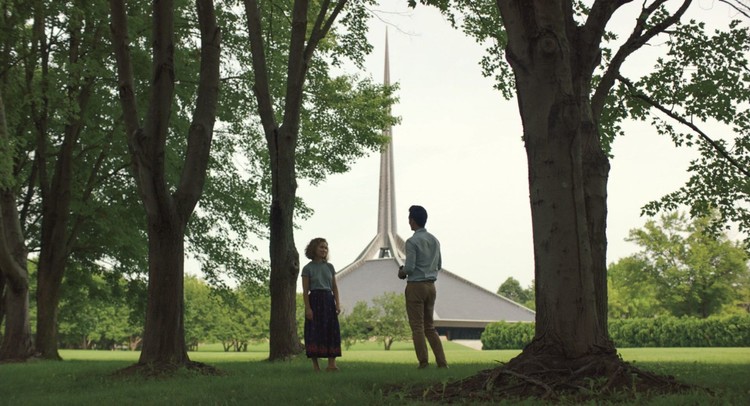
Where does the process of mythification of a work in architecture reside? What are the conditions inherently linked to the resource of memory? Firstly, the appearance of an intrinsic value within the architecture, such as highlighting the taste for the projected building. This would be accompanied by the historical factor—the echoes of the era in which it was built. If we add to all this a demolition loaded with theatricality and social drama, the building becomes something more, becoming part of the vast mythical territory of memory. Miguel Fisac's 'Pagoda,' which began construction in 1965, was demolished in just a few days in July 1999, being just over thirty years old at the time of its demolition.
Affectionately known as the 'Pagoda' by the people of Madrid, evidencing its similarity to Asian constructions, it was not held in the same esteem by the architects of the time. In the rise and fall of the JORBA Laboratories, the original name of the project, purely tragic elements converge: denunciations moved by religious conspiracies, neglect by the administrations, speculative businesses, professional jealousy, and rulers incapable of appreciating the quality of architecture that, today, becomes myth or martyr; the object of unjust destruction.




















.jpg?1553197408)



















_MWAA.jpg?1534522436)

_Ezra_Stoller.jpg?1534522458)



.jpg?1513377460)
.jpg?1513377408)
.jpg?1513377347)
.jpg?1513377471)
.jpg?1513377418)










